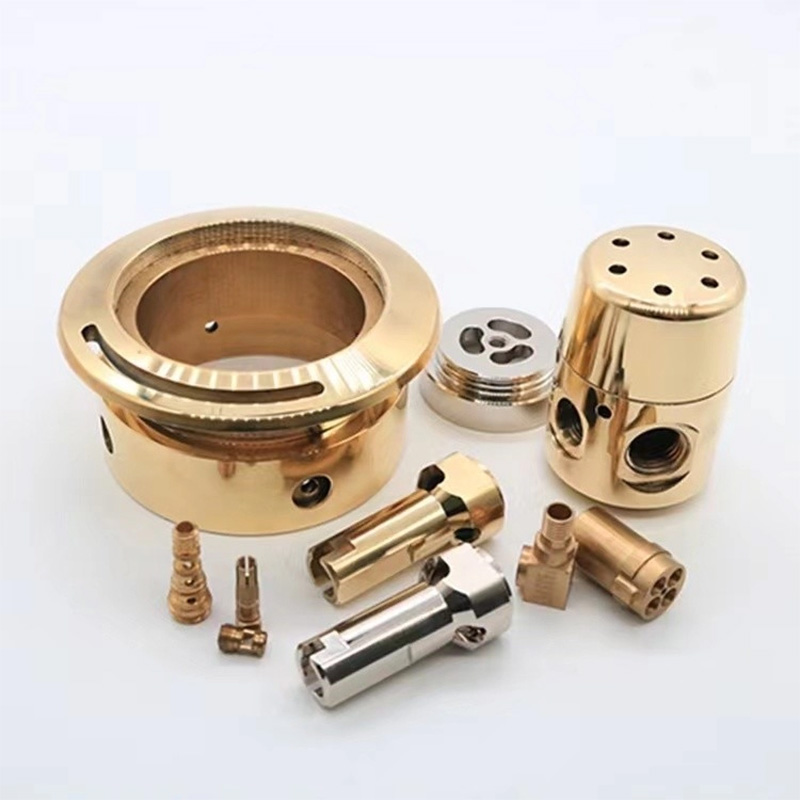Why Corton Steel Planters Dominate Luxury Landscaping
In 2025, Corton steel planters have become the gold standard for high-end gardens. Their rust-resistant patina and sleek industrial aesthetic make them a favorite among landscape architects. But what sets them apart from traditional steel planters? Let’s dig deeper.
Corton vs. Traditional Steel Planters: Key Differences
| Feature | Corton Steel | Regular Steel |
|---|---|---|
| Lifespan | 50+ years | 10-15 years |
| Maintenance | Zero upkeep | Annual sealing |
| Aesthetic | Evolving rust finish | Static appearance |
Source: 2025 Global Landscape Materials Report
How to Style Corton Planters in 5 Steps
- Choose the right size: For trees, use planters ≥24″ depth
- Layer plants: Combine tall grasses with trailing ivy
- Create focal points: Cluster odd numbers (3 or 5)
- Add lighting: Embed LED strips along rims
- Seasonal rotation: Swap plants quarterly
Real-World Success: Dubai Skypark Project
Our team installed 120 Corton steel planters in Dubai’s arid climate. Counterintuitively, the desert heat accelerated the protective patina formation. After 18 months, planters showed 30% less wear than powder-coated alternatives (Arabian Gardens Journal, 2025).
⚠️ Avoid These Corton Planter Pitfalls
- Overwatering: Causes premature rusting
- Wrong soil pH: Keep between 6.0-7.5
- Ignoring drainage: Always use gravel base
Keeping Your Planters Perfect
Fun fact: Corton develops its signature finish in 4-6 months. Interestingly, rainwater accelerates this process. For quick aging, mist weekly with saltwater (1 tbsp/gallon).
Corton Planter Installation Checklist
- □ Verify drainage holes
- □ Apply landscape fabric liner
- □ Test soil pH
- □ Position for optimal sunlight
- □ Document patina development






